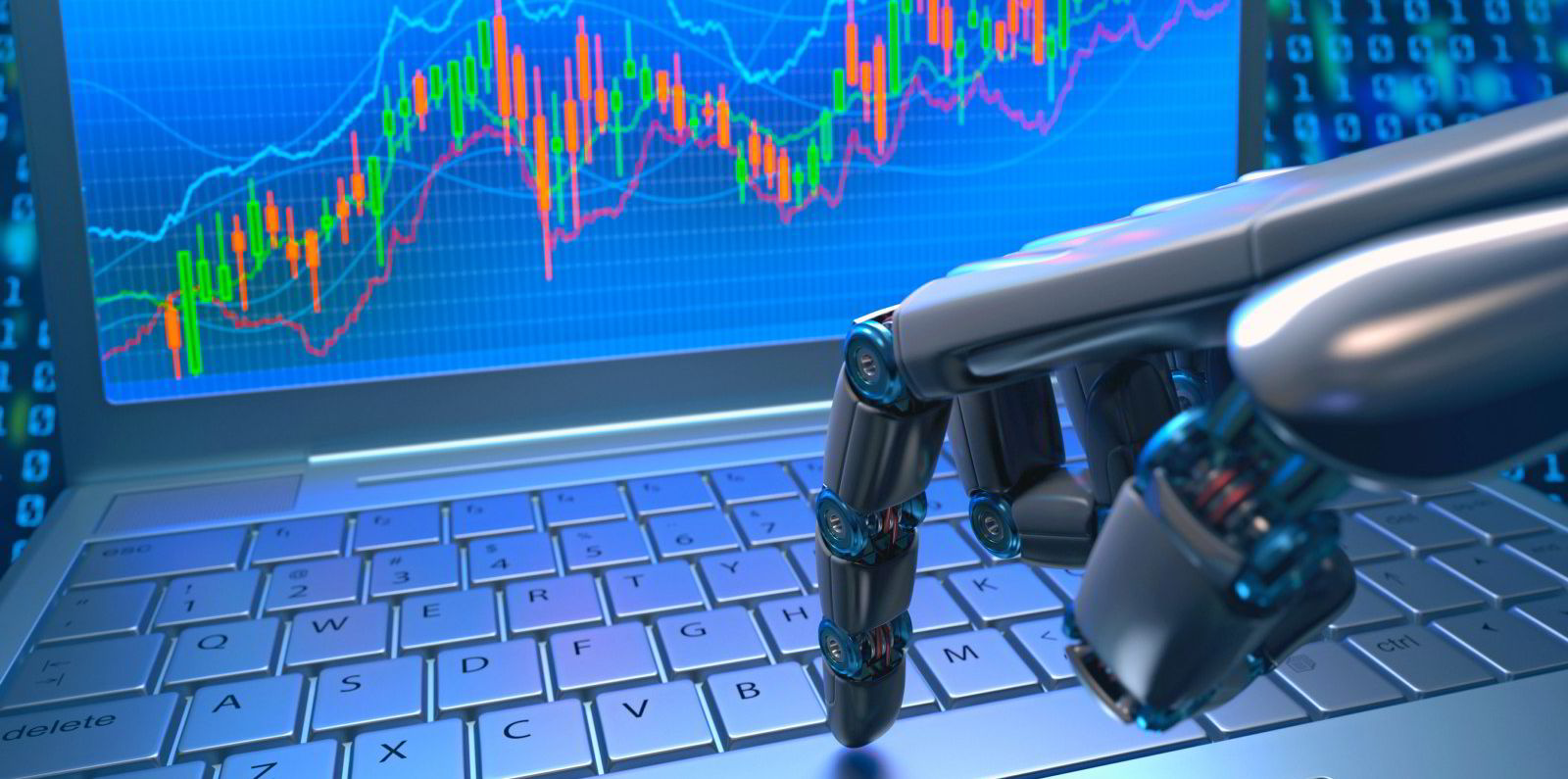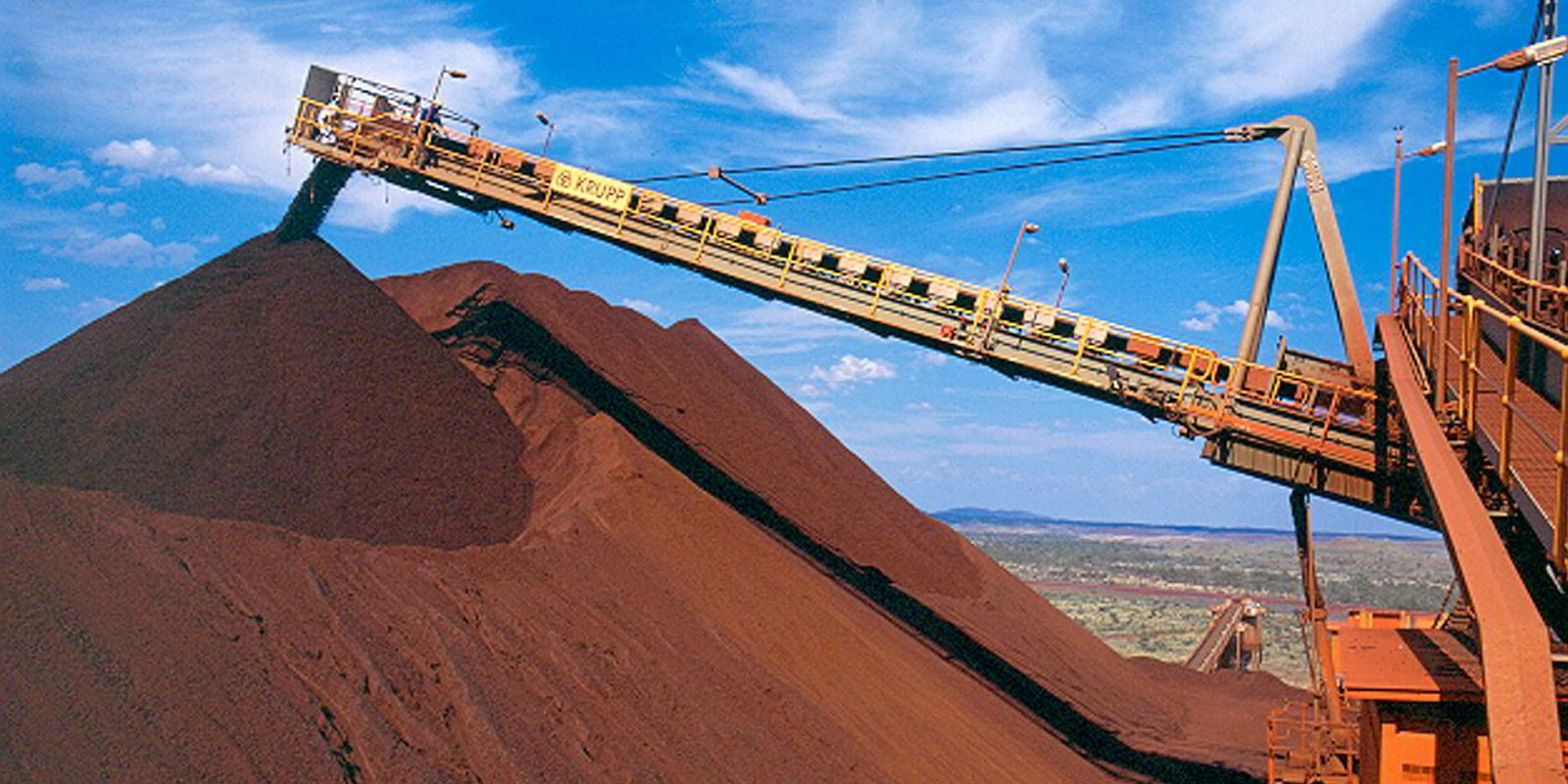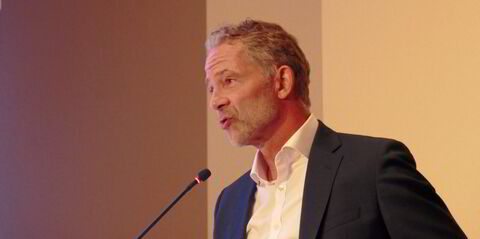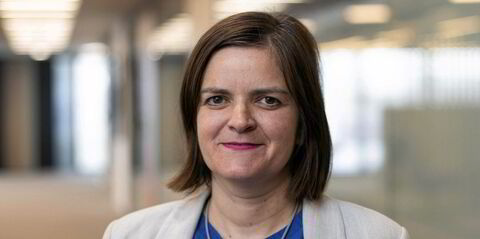Years ago, it was big personalities with big wallets that disrupted the freight derivatives market.
But unlike the mad-money days before 2008, disruption is now being driven by technology as the sector enters a new era.
Most notable has been the growing presence of algorithm-driven commodity technical advisors (CTAs) for systematic trading. These modules generate “buy” and “sell” signals based on technical analysis of market data.
Systematic CTAs are common enough in more mainstream markets but are relatively new for freight derivatives.
Their deployment in the forward freight agreement (FFA) space might have flown under the radar — or been a little less newsworthy — had its disruptive force not provoked such annoyance from long-standing traders.
On a typical day, as the dry FFA market ticks along in the London afternoon, big volumes suddenly start to move in the market as the New York business day commences and US-based CTAs come online for systematic trading. Volatility ensues.
“It’s cold and calculated,” said Chase Bennett, founder and CEO of Zuma Labs, which has developed tech for the FFA space, such as Braemar’s proprietary trading screen. “I think the freight market is just not used to that.”
Systematic CTAs work based on sophisticated yet rigid algorithmic rules about buying and selling, which can then be executed by a human trader.
“Stereotypically, they seek to capture momentum. They buy things that are going up and they bet against things that are going down, and over the long run they seek to ride that momentum, once they identify a trend,” Bennett explained.
“Freight does tend to go through these very long-term trends but it can also be very volatile and choppy. Historically, those types of traders have struggled, but recently there have been a couple of new entrants.”
At least two funds are known to be using these CTAs in this way in the FFA market. New York-based Springfield Capital Management is the primary systematic trader in the space, and Squarepoint Capital in London has entered during the past year.

The funds that are using this technique to trade are not as price-sensitive as the rest of the market because they are not discretionary.
“If the market is down 10%, a human trader might feel emotionally reluctant to sell — it’s already gone down a lot, would I want to bet that it’s going to go down even more?” Bennett said.
“People think that things are going to revert back to the mean, but machines don’t have feelings.
“They know that [for example] when this thing happens, then 60% of the time it goes down a lot more, so what’s the trade? The trade is to bet against it unapologetically. So you get an increased level of volatility, which is actually what they seek to do.”
But there is still some way to go before machines can execute transactions with exchanges automatically, without the need for human interaction. In this respect, freight still lags behind other commodity markets — but this looks likely to change in the future too.
There has been increased appetite among FFA participants to leverage technology and take a more sophisticated approach to trading paper.
Algorithmic FFA trading received a big vote of confidence late last year when Danish owner-operator Norden announced its intention to expand in the space, which it hopes will create a new revenue stream.
Norden has been expanding its FFA desk, which is led by longtime trader Per Heilmann, and has already built multiple freight-trading algorithms that are being used to inform decision-making.
All this talk coincides with renewed fundraising efforts by fund managers, who say it is easier than ever to raise money in the space — especially after a banner year in 2021. Making mention of sophisticated tech tools can help funds differentiate themselves to appeal to third-party capital.
“The really positive market development over the past couple of years has been massively increased data demand,” Bennett added.
“There’s been a huge shift in the availability of data and the ability of traders to consume it, and that’s a net positive.
“Over the next 10 years, if you’re going to survive in this market, you’re going to have to have all the data and the scientific rigour to make sense of it. I think generally that’s a really positive thing for the market.
“They’re not a substitute for each other, but you do both — human, backed up by the data.”





